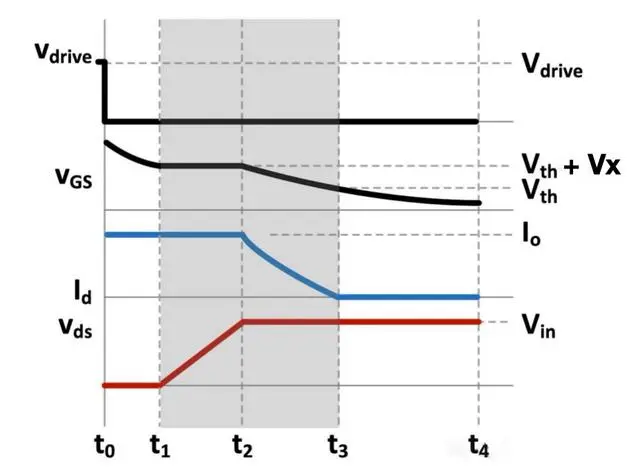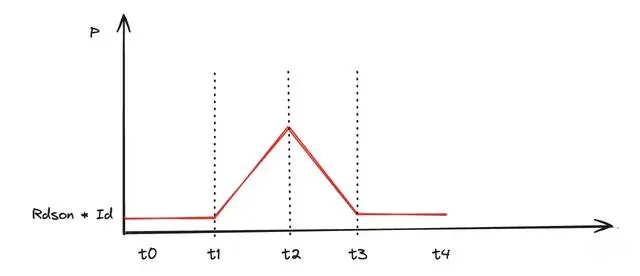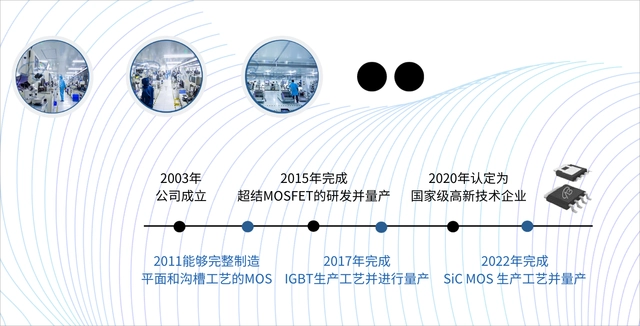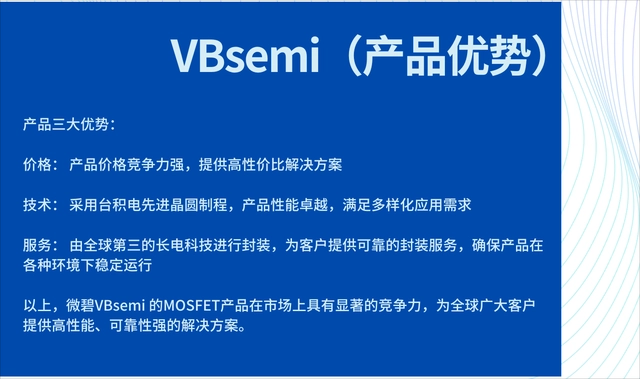How Does the BMS System Burn Discharge MOSFETs?
When the BMS system activates overcurrent protection, MOSFETs may burn out during the shutdown process. This is because there is a peak power dissipation when the MOSFETs are turned off, and the period during which heat accumulates is from time t1 to time t3. To reduce the probability of damage, MOSFETs with high current margins can be selected, or the shutdown speed can be increased.
When thinking about MOSFET burnout, factors like current endurance or parallel issues may come to mind. However, even after replacing with larger MOSFETs, burning may still occur. Today, let's delve into the specifics of MOSFET overcurrent damage in BMS.
During overcurrent protection, if the output current exceeds the preset threshold and accumulates time beyond the overcurrent protection delay threshold, the AFE will generate a signal to actively shut off the MOSFETs, preventing external short circuits from damaging the load and effectively preventing excessive current from damaging the battery.
In some cases, when overcurrent protection is activated, the MOSFETs do not burn out immediately. After the current value exceeds the preset current protection threshold, the BMS continues to count down normally, but after a short delay, the MOSFETs start to smoke.
In other words, they catch fire when the MOSFETs are turned off.
This is related to the four stages of MOSFET shutdown.
We know that MOSFET shutdown has four stages:

Stage t0 to t1: Vgs voltage decreases but has not reached Vth, the threshold voltage for MOSFET turn-on. Therefore, Vds during this stage is close to 0, and although the current Id is large, the power is almost 0.
Stage t1 to t2: Vgs turns the MOSFET on slightly, but its internal resistance is very high. At this point, Vds voltage starts to rise, but due to the presence of parasitic capacitance Cgd, Vds will power the gate G through parasitic capacitance Cgd, resulting in a balance. Vgs remains stable, known as the Miller plateau. During this stage, Vds rises, and the MOSFET leakage current Id remains constant, leading to an increase in power with increasing Vds.
Stage t2 to t3: Vds rises to Vin and stabilizes, and there is no longer a large dv/dt. The current drawn by Vdrive will be provided by another parasitic capacitance of the MOSFET, Cgs. At this point, Vgs begins to gradually decrease, the internal resistance of the MOSFET gradually increases, and Id gradually decreases. The MOSFET closes completely when Vgs drops below Vth, and Id decreases to 0. During this stage, Vds remains unchanged, Id gradually decreases, and power dissipation decreases gradually to 0 along with Id.
Stage t3 to t4: This stage is the finishing work of MOSFET shutdown, releasing all the charges in Cgs, causing Vgs to decrease to 0. However, even though Vds is very large in this stage, Id has been completely turned off to 0, so there is no heat dissipation.

It can be seen that the moment of shutdown at time t2 is the peak power dissipation, but the entire period of heat accumulation is from time t1 to time t3. When selecting MOSFETs, the peak power dissipation of MOSFETs is often overlooked, leading to frequent smoking of MOSFETs during overcurrent protection testing.
Therefore, to reduce the probability of MOSFET damage, MOSFETs with higher current margins can be selected, or the shutdown speed of MOSFETs can be accelerated.
However, sometimes the above situation may still lead to shutdown burning. Does anyone know why? Welcome to leave a comment in the comment section, and we'll continue in the next issue.


